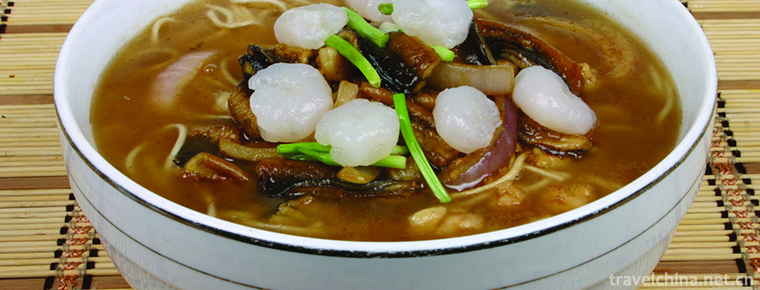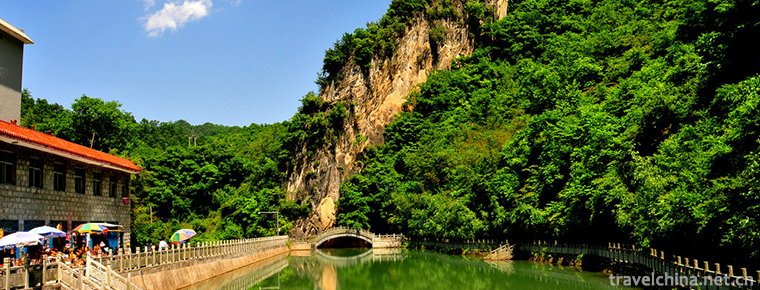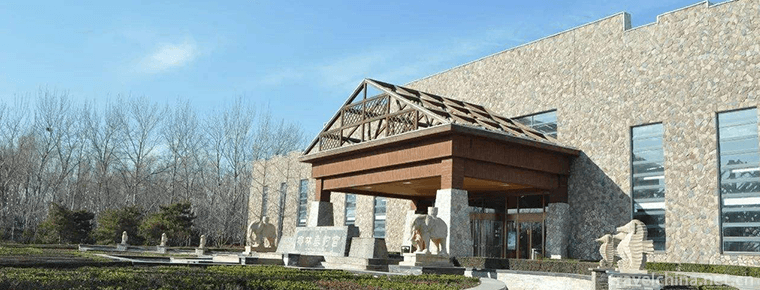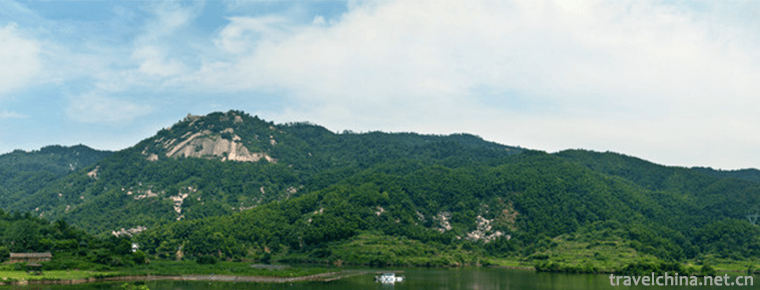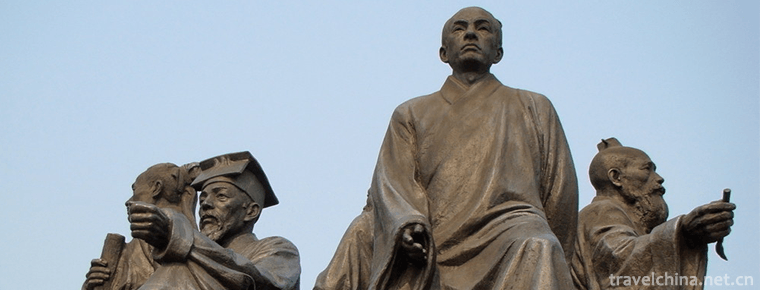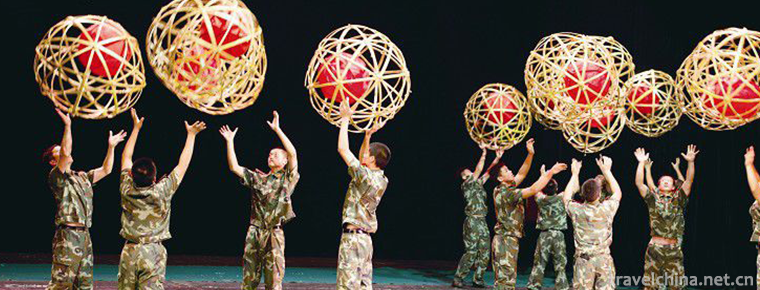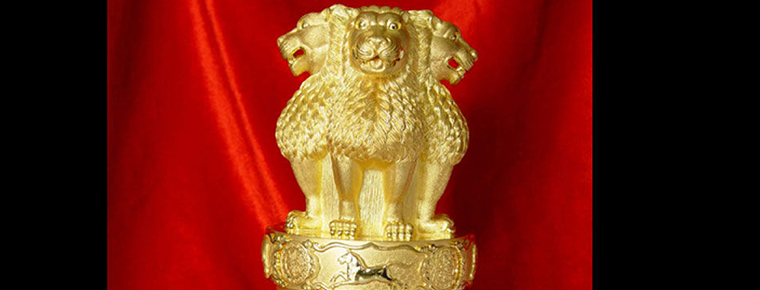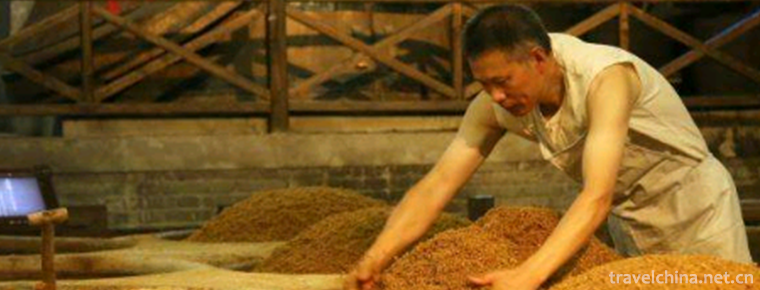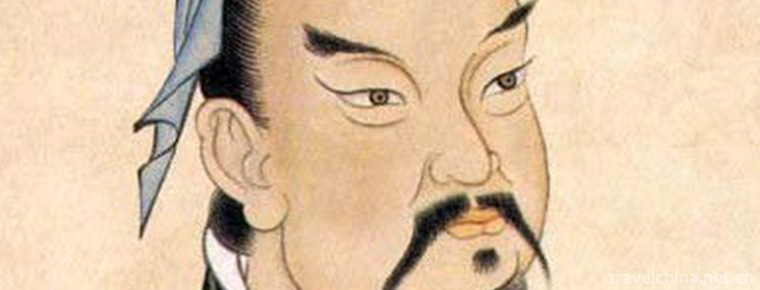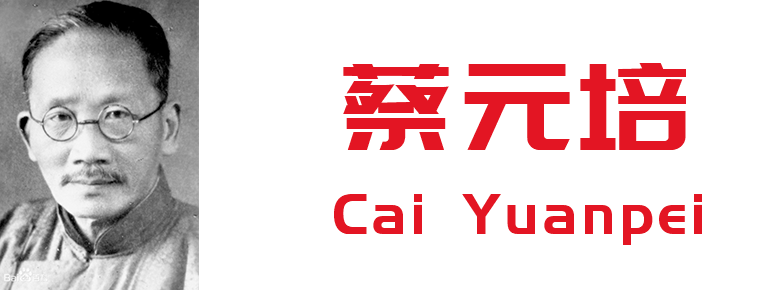Dispute on the meaning of Cheongsam
Dispute on the meaning of Cheongsam
After thousands of years of understanding of the evolution of Chinese robes, the word cheongsam is questioned.
Under the influence of the Qing Dynasty's Qiren's robes, women's gowns have been referred to as cheongsam since the Republic of China. Due to the influence of the environment at that time, most people know that the women of the Manchu and Qing Dynasty had their own cheongsam, but they mistakenly believed that the women of the Han Dynasty only wore skirts, which was different from the qipaos. Therefore, today people all say that skirt is the clothing of Han women, but we do not know that for two or three thousand years, Chinese women used both robes and skirts, and took robe shaped long clothes as traditional dresses. However, due to the changes of the times, there are conflicts between robes and skirts, which need to be clarified. In Taiwan, there was a movement to rectify the name of cheongsam, which was named Qipao. Remove its ambiguity and take its auspicious meaning. It is logical that we should consider the name and the reality and clarify the mistakes of several common names. Chinese women have many kinds of gowns, which have been handed down in the same line for two or three thousand years. The word cheongsam should not be used to cover everything. Wang Yuqing, chairman of the Chinese cheongsam Research Association in Taiwan, once launched a name rectification campaign to change cheongsam into Qipao, and submitted it to the government office for approval. The reasons are as follows: "most of the stores in a city have used Qipao for more than ten years. Two Qi means good luck. Why it is necessary to change Qipao to Qipao, because the Chinese women's robe is an ancient ritual for two or three thousand years, and the term Qipao originated very late, only 300 years ago, and can be used as the true meaning of 3000 year old women's robes? The cheongsam worn by the cheongsam people has its own style and is relatively fixed. However, the Chinese women's robes for thousands of years are so colorful that they can't be compared with those of the cheongsam. How can we call it the cheongsam? Therefore, we must win the flag. He also said why it is not only called "Robe" or "women's Robe". Because of the lack of women's exclusive parts of speech, women's gowns are not used to not smooth, and there is no feasibility. If we don't change it, we will not live up to the name. Moreover, the flag, Qi and Kai are in a mess, and we can't agree. And there are many precedents, such as the carved silk of Kesi and the gentry of the gentry. "
In fact, Qipao was renamed Qipao on New Year's day in 1974. On this day, the founding meeting of the Chinese cheongsam Research Association was held in Taipei. The flag was changed to Qi and passed unanimously. It was immediately written into the provisions of the Constitution and submitted to the competent officer's office for approval. Then the final decision was made and the official records were recorded in the Ming Dynasty.
In terms of the evolution process of robes and clothes, the evolution history of robes and clothes is a history of national integration and cultural blending. The round collar of the robe and clothing popular in the late Northern Dynasty was produced by the influence of the northern minorities. The change of the sleeves from loose to tight is the result of the interaction between the clothing culture of the ethnic minorities and the Han nationality. In general, the evolution of Chinese robes is just like the evolution of the Chinese nation. It is a basic fact that the evolution of traditional robes is mainly based on the mainstream style of the Han nationality and absorbing the good elements of other ethnic groups The influence of western culture is profound, putting the cart before the horse until it basically loses all the traditional culture. The loss of culture is undoubtedly a major disaster for a nation. It is undoubtedly the responsibility of every Chinese to appeal for the inheritance of the traditional costume and the inheritance of the traditional costume. This requires the popularization of the traditional costume culture by the public, the attention of the ruling party to the clothing culture, and the advocacy of the literary and artistic intelligentsia.

Dispute on the meaning of Cheongsam
-
Noodles with quickfried eel shreds and shelled shrimps
Shrimp fried eel noodles is a famous traditional food in Kui yuan hall, Hangzhou City, Zhejiang province. When the shrimp is cooked with fried eel noodles, select the strong fresh eel,
Views: 209 Time 2018-10-27 -
Thousand Islet Lake Qiandaohu Scenic Area
Qiandaohu Scenic Area, also known as Xin'anjiang Reservoir, is located in Chun'an County, Hangzhou City, Zhejiang Province.
Views: 209 Time 2018-12-07 -
Jinsi Gorge Scenic Area
Jinsi Gorge Scenic Area of Shangluo City, Shaanxi Province, is located in the hinterland of Xinkailing in the southeast of Shangnan County, Shangluo City.
Views: 147 Time 2018-12-12 -
Nangong Scenic Spot
Located in Wangzou Town, Fengtai District, southwestern suburb of Beijing, Nangong Village, the village where the scenic spot is located, enjoys the reputation of "China's first geothermal villag
Views: 184 Time 2018-12-27 -
Lion Peak in Meiling
Lion Peak in Meiling is a combination of Lion Peak, Panxi Lake and Wangshijian. The mountain is like a squatting lion, so it is called Lion Peak. Lion Peak in Meiling is only 260 meters
Views: 332 Time 2019-02-07 -
Shigu Academy
Shigu Academy, located in Shigu Mountain, Shigu District, Hengyang City, an important city in central and southern Hunan Province, is the birthplace of Huxiang
Views: 219 Time 2019-02-08 -
Production Techniques of Buyi Medical Herbs for Benefiting Liver
Guiding County, Guizhou Province, is a subtropical monsoon rheumatic fever climate with distinct seasons, rich heat, long frost-free period, abundant rainfall and complex and
Views: 364 Time 2019-04-04 -
Rolling lamp
Rolling lantern is an art form of entertainment and self-enjoyment for the masses in Han folk festivals, and also a competitive performance to show the strength of villages. It is mainly prevalent in
Views: 187 Time 2019-05-02 -
Gold and Silver Fine Craft
Gold and silver fine craftsmanship, Huangpu District of Shanghai, Nanjing City of Jiangsu, Jiangdu traditional handicraft, one of the national intangible cultural heritage.
Views: 228 Time 2019-05-07 -
Brewing Techniques of Zhenjiang Hengshun Fragrant Vinegar
Zhenjiang Hengshun aromatic vinegar brewing technology production chooses high-quality glutinous rice produced in the "land of fish and rice" as raw material, using solid-state layered ferme
Views: 120 Time 2019-07-25 -
Sun Tzu
Sun Wu (about 545 BC - about 470 BC), long Qing, late spring and autumn. Qi State Le An (today) Shandong ProvincePeople in the North 。 China's famous military strategist and statesman in the spring an
Views: 207 Time 2019-09-04 -
Cai Yuanpei
Cai Yuanpei (January 11, 1868 - March 5, 1940), word crane Qing, also the word Zhong Shen Cai Zhen, Zhou Ziyu, Han nationality, Shanyin County, Shaoxing Prefecture, Zhejiang (now Zhejiang). Shaoxing (
Views: 210 Time 2019-09-06
